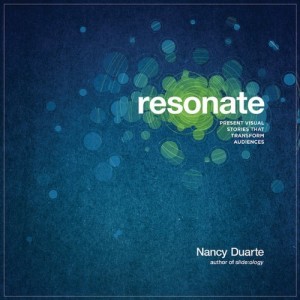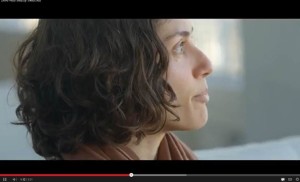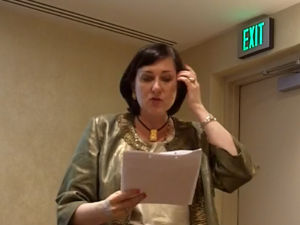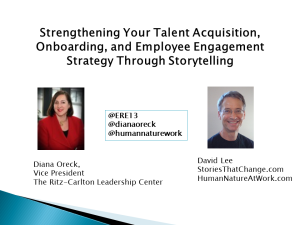 Note from David: Before you get to the story, if you want to learn more about Self-Disclosure Stories and the Hows and Whys of using them, read How to Use Self-Disclosure Stories to Foster Self-Awareness.
Note from David: Before you get to the story, if you want to learn more about Self-Disclosure Stories and the Hows and Whys of using them, read How to Use Self-Disclosure Stories to Foster Self-Awareness.
Also, please note, this post is like all the stories I share or ask others to share on this site. It is meant to teach on two levels.
First, the content itself is meant to be helpful. That being said, not every topic covered in every story is relevant to every reader. However, the STRUCTURE and USE of that story genre is relevant to anyone who wants to learn storytelling.
That brings us the second, and main purpose, of sharing the story in this post.
Each post is designed to demonstrate story genres you can use and how to use them. So even if the content does not directly seem relevant to you, you can use the example as a prototype for coming up with your own versions. So for instance, even if you think “Well, I’m not a sales person, so losing a sale is not relevant to me”, the structure and application of this story will still be very useful to you.
This post is by Peter Bregman, author of 18 Minutes: Find Your Focus, Master Distraction, and Get the Right Things Done. He is an strategic advisor to executives, a keynote speaker (see his TedTalks on Youtube) and columnist for Harvard Business Review.
OK…now for the story….
How NOT to Lose a Sale
by Peter Bregman
Robyn*, a close friend of mine and senior leader at a large pharmaceutical company, referred me to work with Dan, the CEO of one of her company’s subsidiaries and someone she knew well. She would arrange for the three of us to meet. The lead wasn’t just warm; it was hot.
During the sales process I made a series of decisions, all of which felt — in fact, still feel — eminently reasonable. Here’s what happened:
- With Dan’s permission, Robyn and I met several times before the meeting to discuss Dan and his situation. Dan was new to his role as CEO and needed to step up in tricky circumstances. By the time I met with him, I understood his challenges and it was clear that they fit squarely in my sweet spot as an advisor.
- The day of the meeting, Robyn and Dan were running behind schedule. We had planned for 60 minutes but now only had 20. “No problem,” I told them, “I’ve been briefed about the situation, so we can cut to the chase.”
- I sat down in an empty office chair which happened to be uncomfortably low to the ground and I instinctively raised the seat to the level at which I normally sit.
- Dan started the conversation with a compliment about my latest book and told me how much he enjoyed my blog posts, which reinforced my decision to “cut to the chase.”
- I explained briefly what I knew about his situation and when he acknowledged that I understood it, I launched into how I would approach it.
- At one point, Dan asked me a question and I hesitated before answering. Robyn suggested that we discuss it later but I didn’t want to disappoint so I thanked her but said I’d be happy to share my thoughts and I did.
Nothing I did or said or thought or felt was dramatically off base. In fact, each step — each choice I made — was practical, sensible, and appropriate from my perspective.
Which is precisely why I crashed.
I was operating from my perspective. But Dan wasn’t. He was operating from his perspective. And from his perspective, the fact that I was operating from my perspective was a deal-breaker.
The problem? I wasn’t attuned.
Daniel Pink, in his excellent book To Sell Is Human: The Surprising Truth About Moving Others, calls attunement one of the three most valuable qualities you need to move others. (Pink talked about this in a recent HBR Ideacast.)
Essentially, attunement is being in synch with who’s and what’s around you. When you’re in attunement, you’re curious. You ask questions, you listen to the answers, and you empathize.
I might have been attuned to the challenges Dan was facing — but everything I did and said indicated that I wasn’t attuned to Dan. Or even to Robyn.
According to Pink, the first rule of attunement is to reduce your power. You do that by letting go of your perspective, which opens space for you to share the perspective of others. Pink quoted one highly successful salesperson who related this to humility. Great sales people, she said, take the attitude, “I’m sitting in the small chair so you can sit in the big chair.”
I did the opposite. I raised my seat, literally and figuratively. I took control of the conversation, sidelined Robyn when she suggested we talk later, and spent what little time I had trying to prove to Dan that I understood it all and I was the right guy to help.
I was too easily flattered by Dan’s comment about my book, too rushed by our time crunch, and too eager to impress both Robyn and Dan. I tried so hard to prove my competence that I came off as incompetent. Maybe not in terms of my solution, but certainly in terms of our relationship.
I acted with the sensibility of an extrovert, which is typically assumed to offer a strong sales advantage. But Pink’s research suggests that being extroverted can actually be a liability. Why? Because too often we talk when we should be listening.
To the extent that I listened at all, I was listening to gather enough information so I could make a case to Dan that I could solve his problem. In other words, I was listening simply to empower my speaking.
But why didn’t that work? Wasn’t Dan looking for information about me and what I might do for him?
Maybe. But he as much as told me told me he knew enough about me from my writing, just like I knew a lot about him from my conversations with Robyn. No, Dan didn’t really want to hear me speak. He wanted to hear me listen.
What Dan was really looking to figure out — what most people are looking to figure out — is what it would feel like to work together. And what I showed him in our brief conversation is that it would feel like some expert coming in and telling him what he should do.
If I were Dan, I wouldn’t hire me either.
What would I do differently next time? I would sit in the chair I was offered and listen to Dan tell his story. Then I would ask him a number of questions to make sure I could see the situation with his eyes, analyze it from his point of view, and feel his emotions. I would attune to him.
That would require that I let go of my agenda, stop trying to get hired, give up trying to quickly and smartly summarize what Dan needed, and cease trying to prove myself.
My goal, the entire purpose of my presence, would be to connect.
If I did that well, I wouldn’t have to worry about showing him what I was capable of. There would be plenty of time for that later — once we started working together.
*Names and some details changed
Article originally published in the Harvard Business Review
For another one of Peter’s excellent stories check out the post Using Stories to Foster Vulnerability and Self-Discovery
About Peter Bregman: He is the author, most recently, of 18 Minutes: Find Your Focus, Master Distraction, and Get the Right Things Done, winner of the Gold medal from the Axiom Business Book awards, named the best business book of the year on NPR, and selected by Publisher’s Weekly and the New York Post as a top 10 business book. He is also the author of Point B: A Short Guide to Leading a Big Change and co-author of five other books. Featured on PBS, ABC and CNN, Peter is a regular contributor to Harvard Business Review, Fast Company, Forbes, National Public Radio (NPR), Psychology Today, and CNN as well as a weekly commentator on Fox Business News.
 In an interview with Jonathan Fields of the GoodlifeProject, Nancy Duarte, author of Slide:ology and Resonate, explained what inspired her to write the book Resonate and what turned her into a passionate believer in the power of storytelling in business.
In an interview with Jonathan Fields of the GoodlifeProject, Nancy Duarte, author of Slide:ology and Resonate, explained what inspired her to write the book Resonate and what turned her into a passionate believer in the power of storytelling in business.










